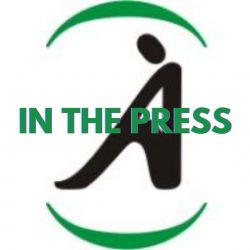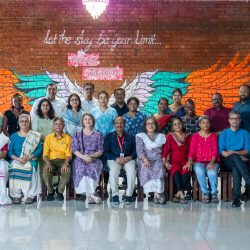The irony of opioid access
“Imagine having a tumor so large on your leg that you can no longer walk without excruciating pain. It has caused you to lose your job as a farmer, the only source of livelihood where you live. You have exhausted your meager savings to afford costly chemotherapy and without it, your doctor, whose clinic is 250 miles away, grimly informs you that you will die.” In an article titled “Opiates for All, Opiates for None“, Ramya Sampath, a post-baccalaureate pre-medical student at Harvard University, explores the irony of opioid access – in the US, 91 people die every day due to opioid overdose, whereas on the other side of the globe, in India, less than 1% of the population has access to opiates for pain relief in advanced illness.
 India’s restrictive opioid policy originates in the 1985 Narcotic Drugs and Psychotropic Substances Act (NDPS), which was passed after pressure from the United States to join its global cry for its “War on Drugs.” Although an amendment to the NDPS Act passed in 2014, simplifying the licensing process for medical opiate prescription, access to opiates for medical use has not increased dramatically.
India’s restrictive opioid policy originates in the 1985 Narcotic Drugs and Psychotropic Substances Act (NDPS), which was passed after pressure from the United States to join its global cry for its “War on Drugs.” Although an amendment to the NDPS Act passed in 2014, simplifying the licensing process for medical opiate prescription, access to opiates for medical use has not increased dramatically.
“For India’s population,” writes Ramya, “the result has been an epidemic of pain whose remission is still not in sight.”
Please read the article published in Healing Points Blog, Opiates for All, Opiates for None.




